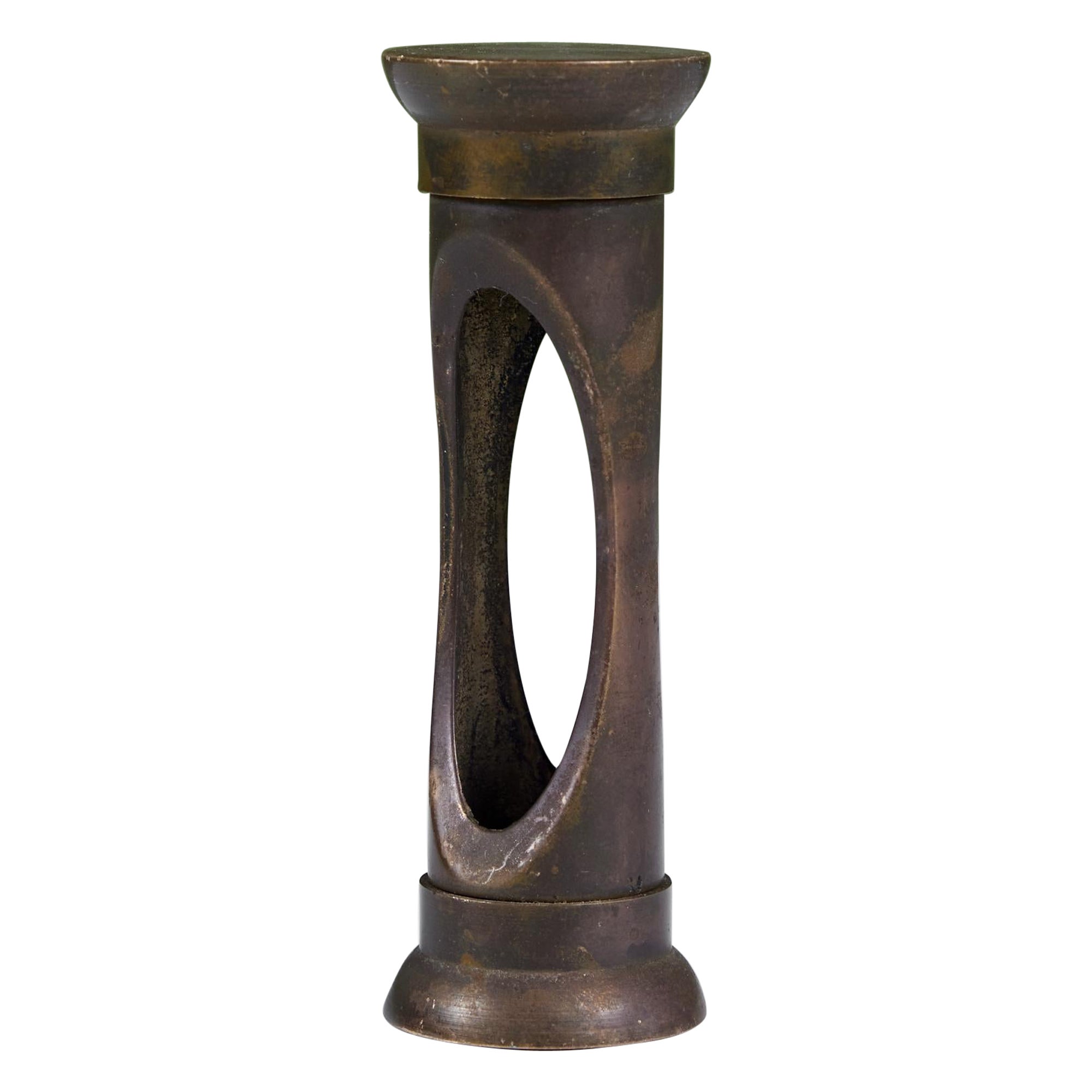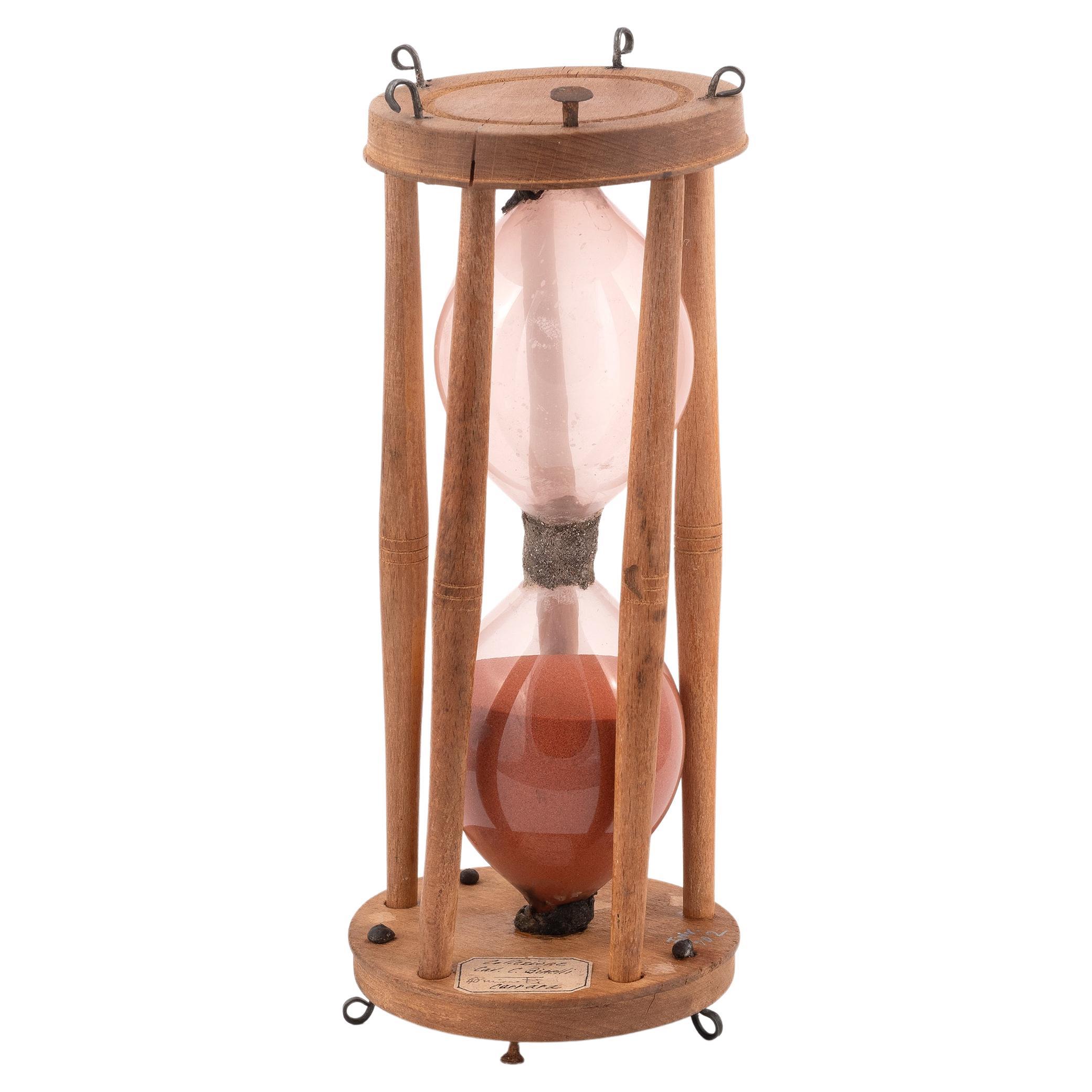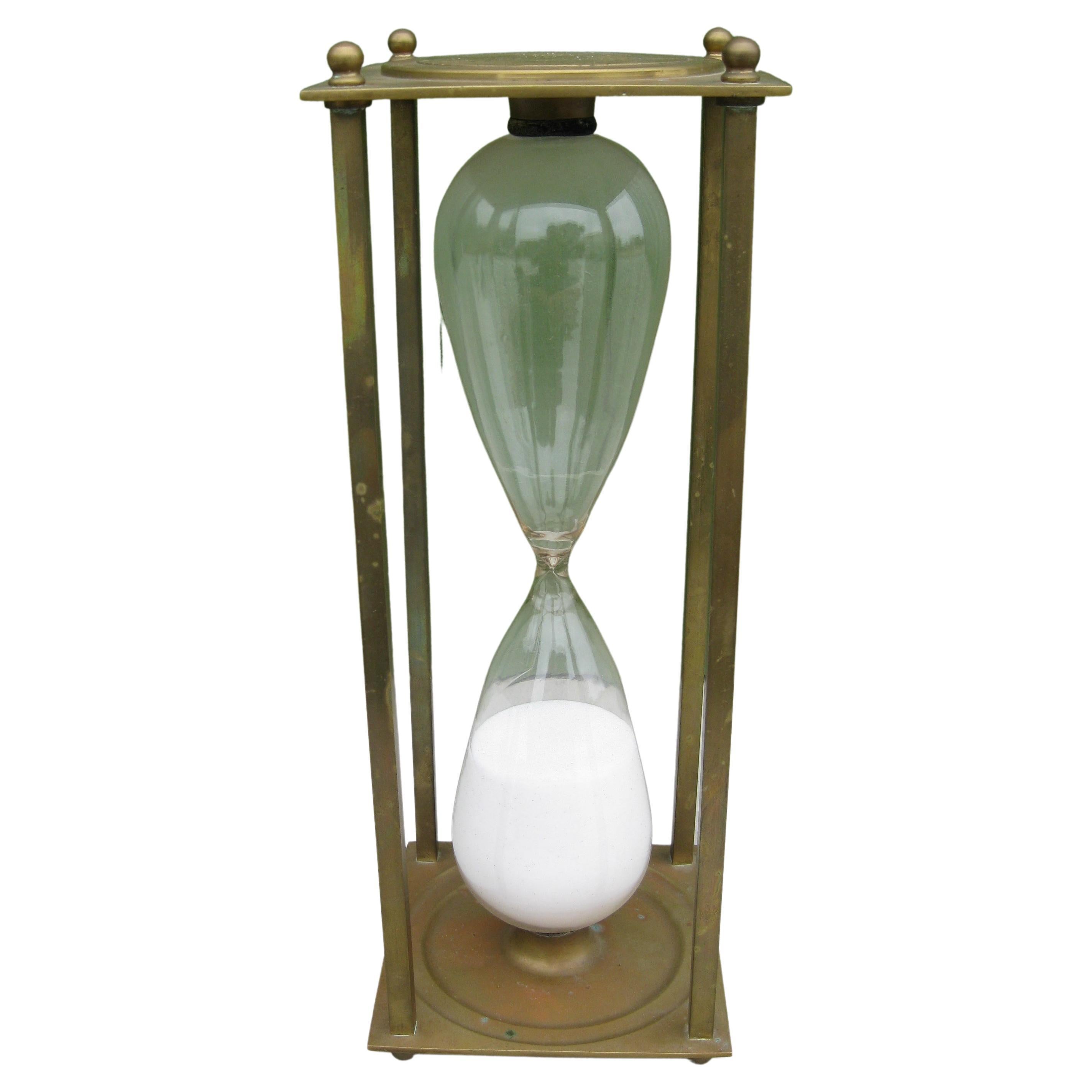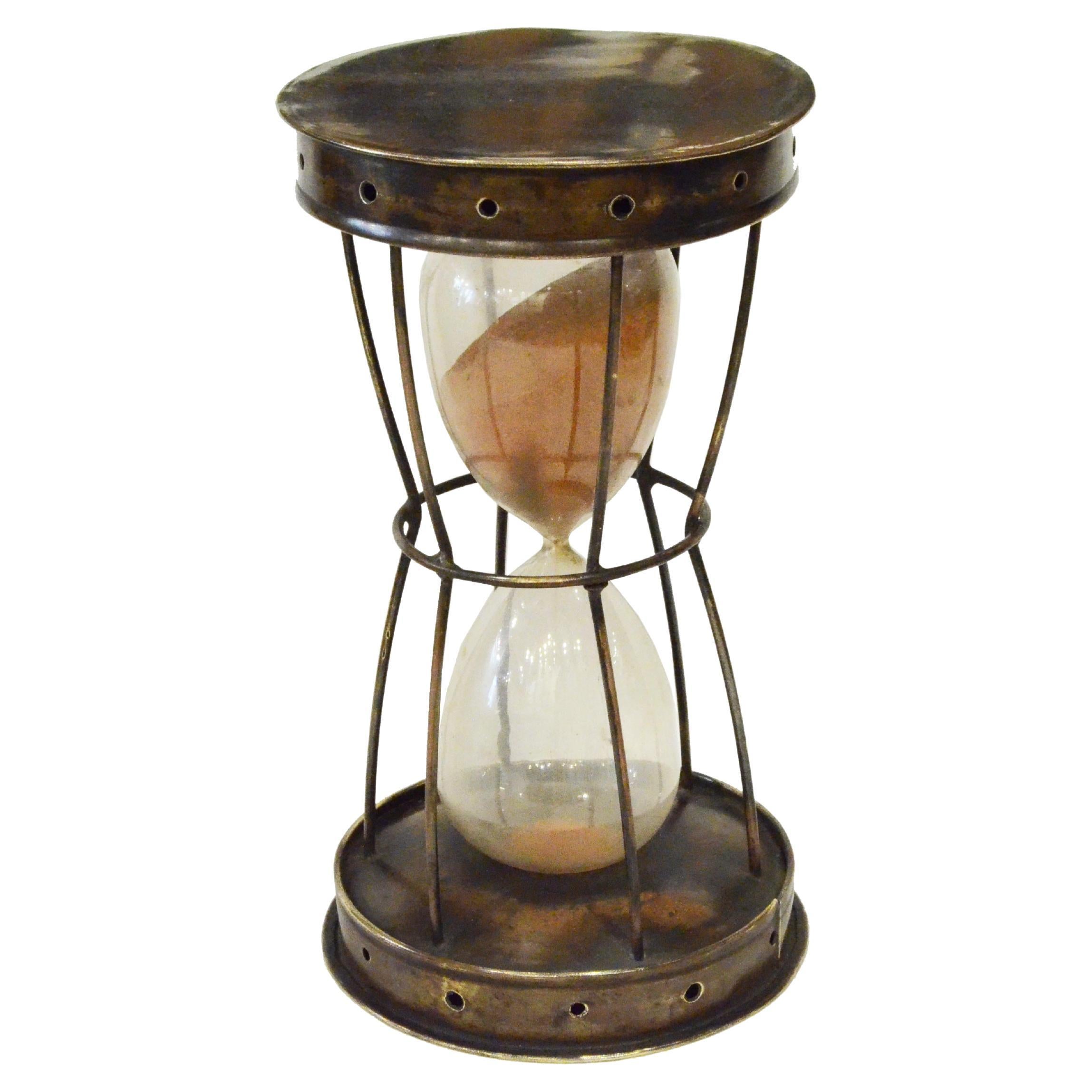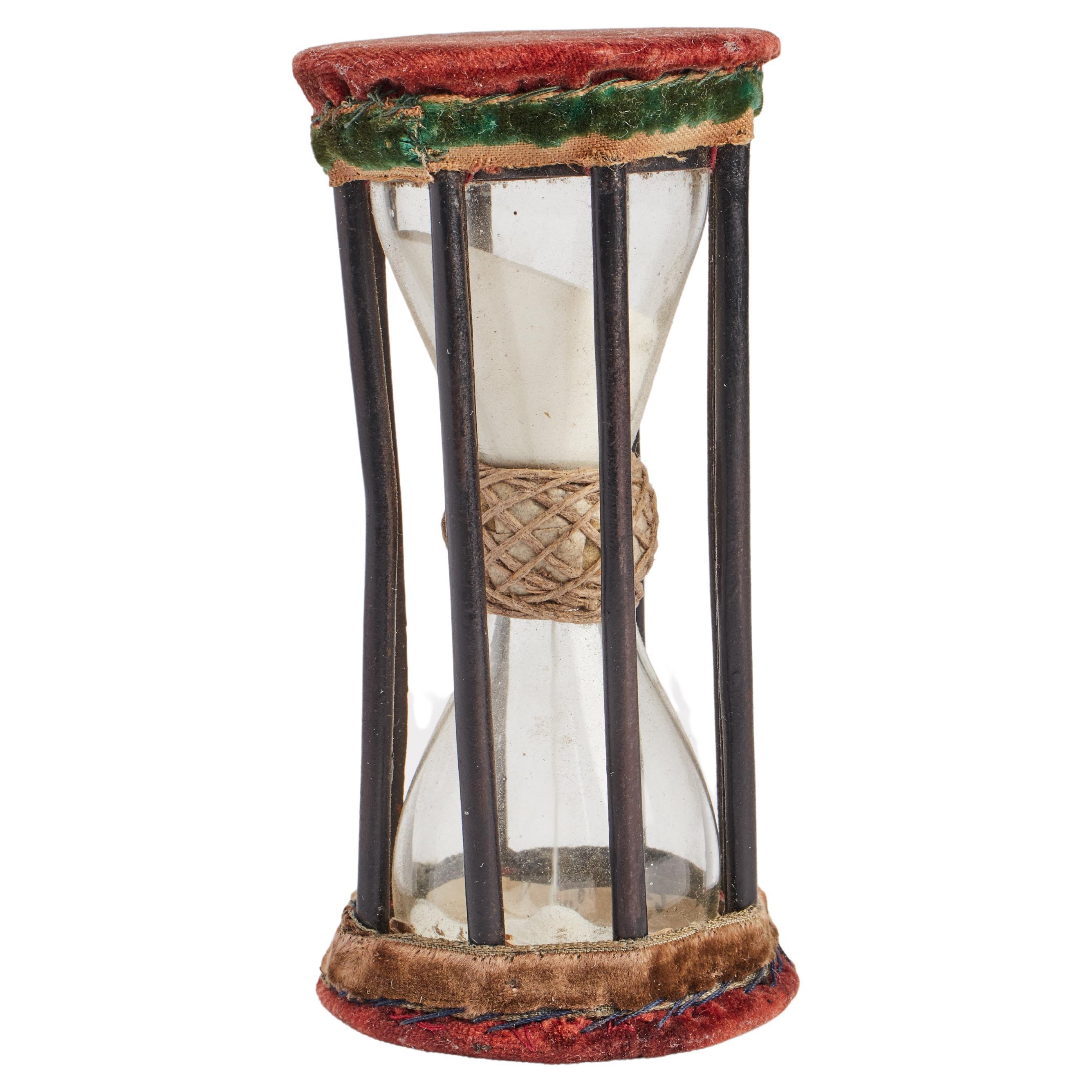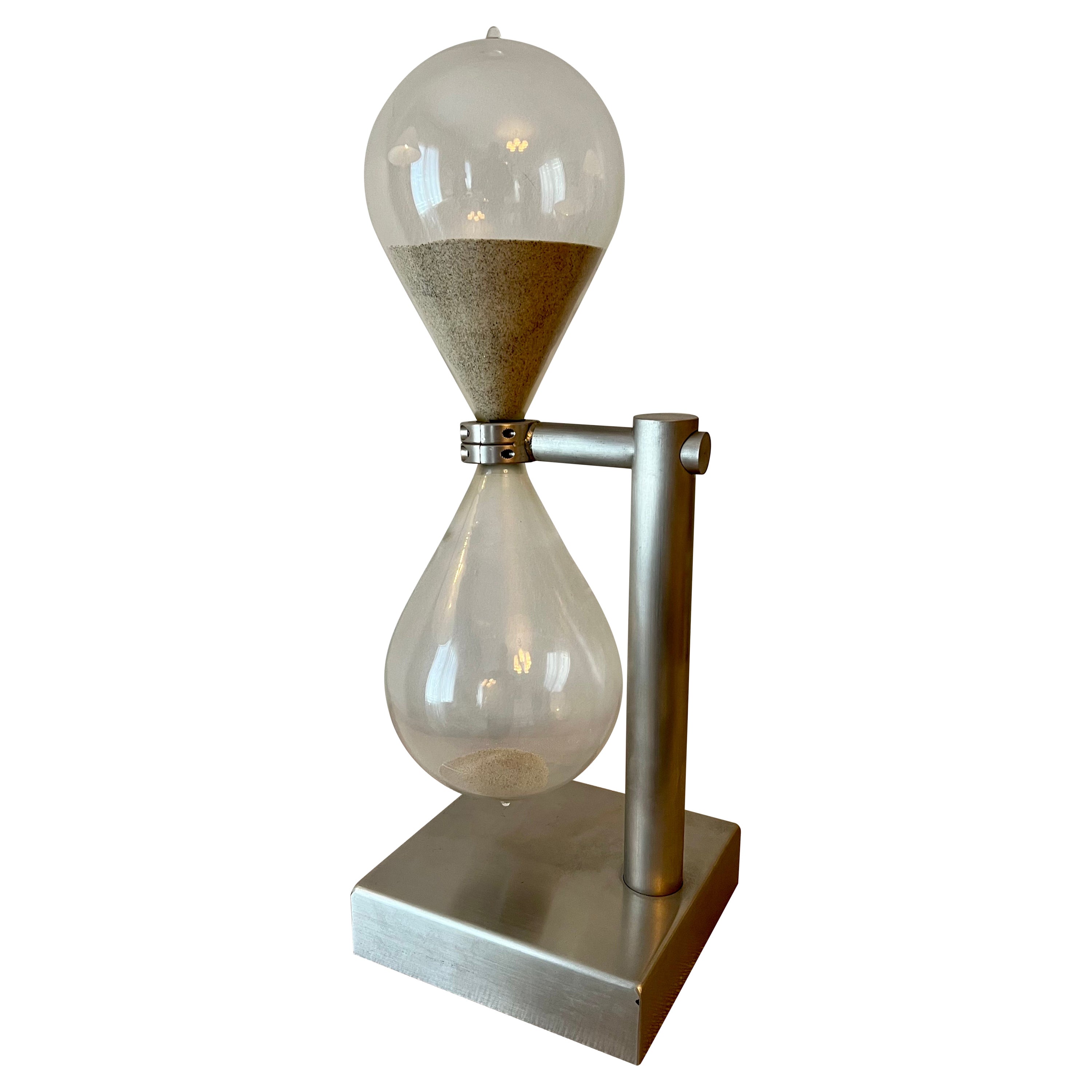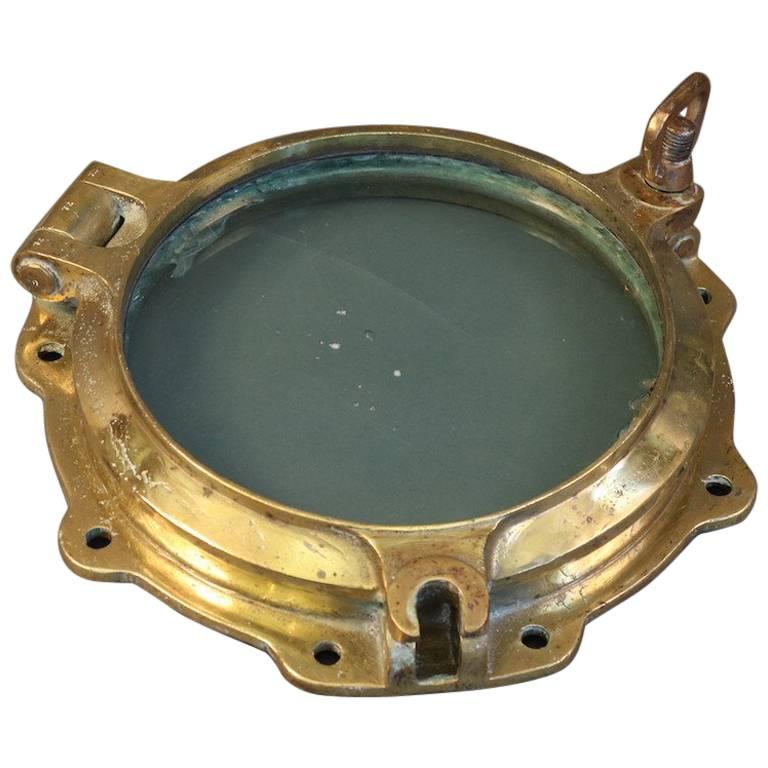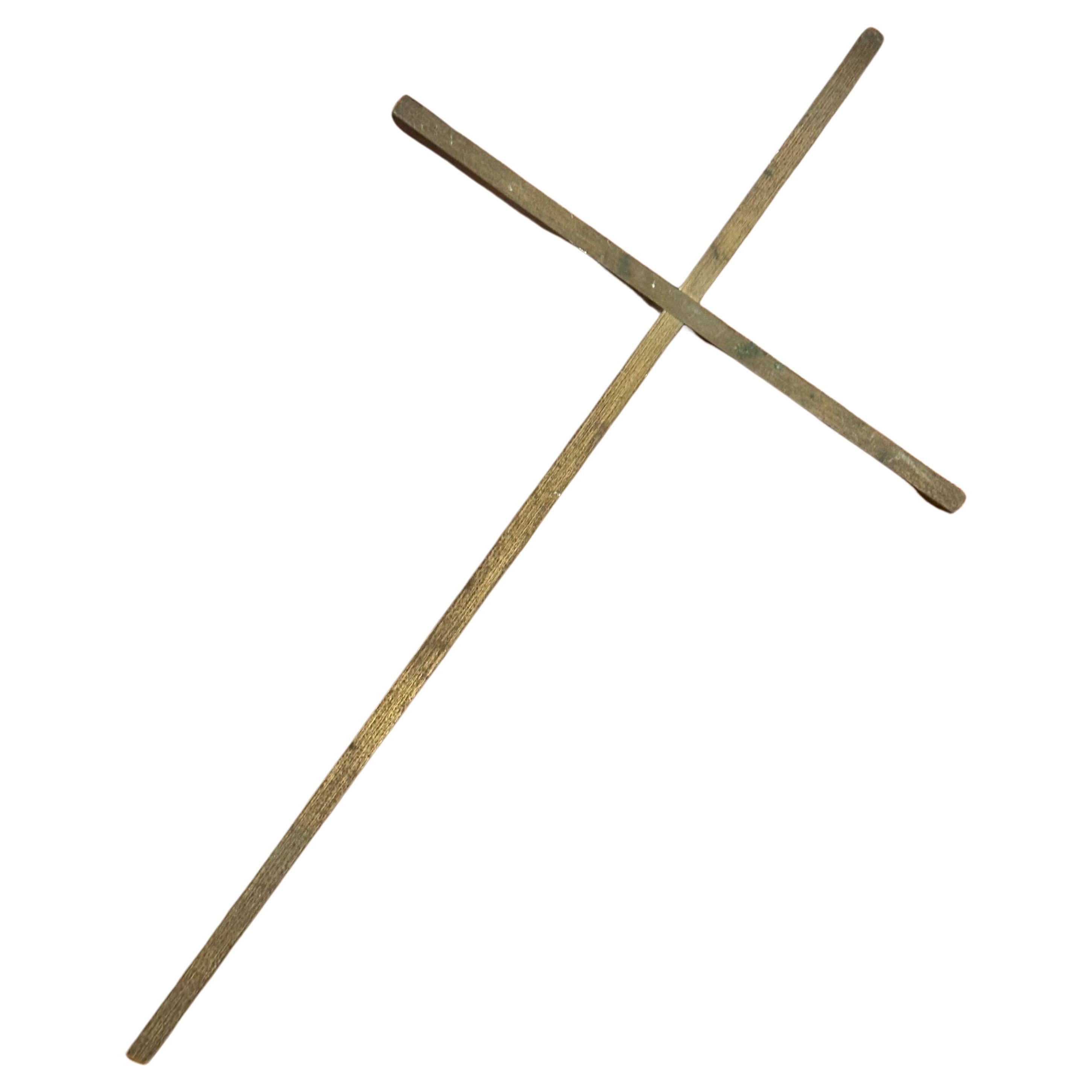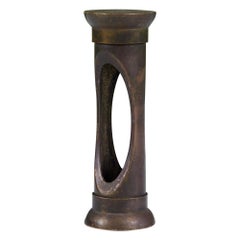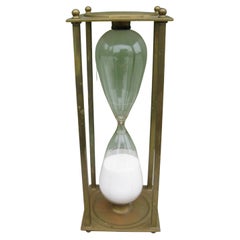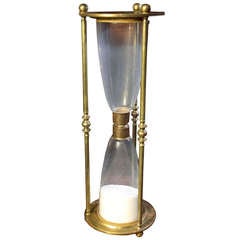
Large Brass Hourglass
View Similar Items
1 of 5
Large Brass Hourglass
About the Item
- Dimensions:Height: 24 in (60.96 cm)Diameter: 8 in (20.32 cm)Length: 24 in (60.96 cm)
- Period:
- Date of Manufacture:20th Century
- Condition:Wear consistent with age and use.
- Seller Location:New York, NY
- Reference Number:Seller: Y087 hourglass hour glass clock1stDibs: LU8275925566
You May Also Like
- Brass Hourglass HolderLocated in Los Angeles, CAPerfectly patinated brass hourglass holder. Dimensions 1.25" diameter x 3.75" height Condition Good vintage condition; age appropriate patina.Category
Mid-20th Century Mid-Century Modern Models and Miniatures
MaterialsBrass
- Large 19th Century HourglassLocated in Firenze, ITShipping policy No additional costs will be added to this order. Shipping costs will be totally covered by the seller (customs duties included). A large 19th century hour glass, o...Category
Antique Late 19th Century British Late Victorian Scientific Instruments
MaterialsGlass, Wood
$1,317 - Vintage Large Nautical Maritime Brass Glass Ship's Hourglass Display Model TimerLocated in San Diego, CAVery unique large maritime/nautical brass and glass hourglass. Wonderful dorm and design. Brass has a wonderful patina and can be polished if desired. H...Category
Mid-20th Century American Nautical Objects
MaterialsBronze
- Large Late 18th Century HourglassLocated in Firenze, ITShipping policy No additional costs will be added to this order. Shipping costs will be totally covered by the seller (customs duties included). A large 18th century hour glass, o...Category
Antique Late 18th Century British Late Victorian Scientific Instruments
MaterialsGlass, Wood
- End XIX Century Brass and Glass Hourglass Antique Time Measuring InstrumentLocated in Milan, ITSand hourglass, brass container with circular base and tapered columns in the center and blown glass cruet. Duration 45 minutes. English manufacture of the early 1900s. Measures height 20 cm, diameter 11.5 cm – 7.9x4.5 inches. Shipping is insured by Lloyd's London; our gift box is free (look at the last picture). In Greece, the use of hourglasses was introduced in 325 BC, in the form of stone containers with a truncated cone shape that let water flow out of a hole in the bottom at a constant rate. Other hourglasses were cylindrical or cup-shaped and were slowly filled by a constant flow of water. Some signs on the inner surface of the container indicated the passage of hours as the liquid level rose. Another version consisted of a metal container with a hole in the bottom which, placed to float in a larger container, sank in a given time. This system remained in use until the 20th century in North Africa. These clocks were typically used at night, but not during the day, when the more accurate sundials were available. In the first half of the III century BC. Ctesibius transformed the hourglass into the more complex water clock. Various mechanisms were introduced by him and others to increase the precision of the watch by regulating the pressure and keeping the flow of water constant, but also to offer a better display of the time. The most advanced specimens could ring bells or gongs, open windows to display images, or had movable indicators, dials or representations of celestial bodies. Among the designers of watches...Category
Antique 1890s Scientific Instruments
MaterialsGlass
- Iron Hourglass, Germany, Early 1700s.Located in Milan, ITThe hourglass cage displays hexagonal bases. Six smooth iron columns complete the cage. Inside the glass bulbs joined in the center by a ring of fabric and rope. Germany, early 1700s.Category
Antique Early 18th Century German Scientific Instruments
MaterialsIron
Recently Viewed
View AllMore Ways To Browse
Vintage Clock And Barometer
Vintage Brass Barometer
Grandmother Clock Used
Grandmother Clocks
Grandmother Clock
Used Grandmother Clocks
Vintage Glass Barometer
Vintage Clock Timer
Large Brass Hourglass
Glass Globe Clock
Grandmother Clock Vintage
Sand Timer
Hourglass Timer
Brass Sand Clock
1900 Grandmother Clock
Vintage Grandmother Clock Grandfather Clocks
Sand Timer Vintage
Antique Timers
